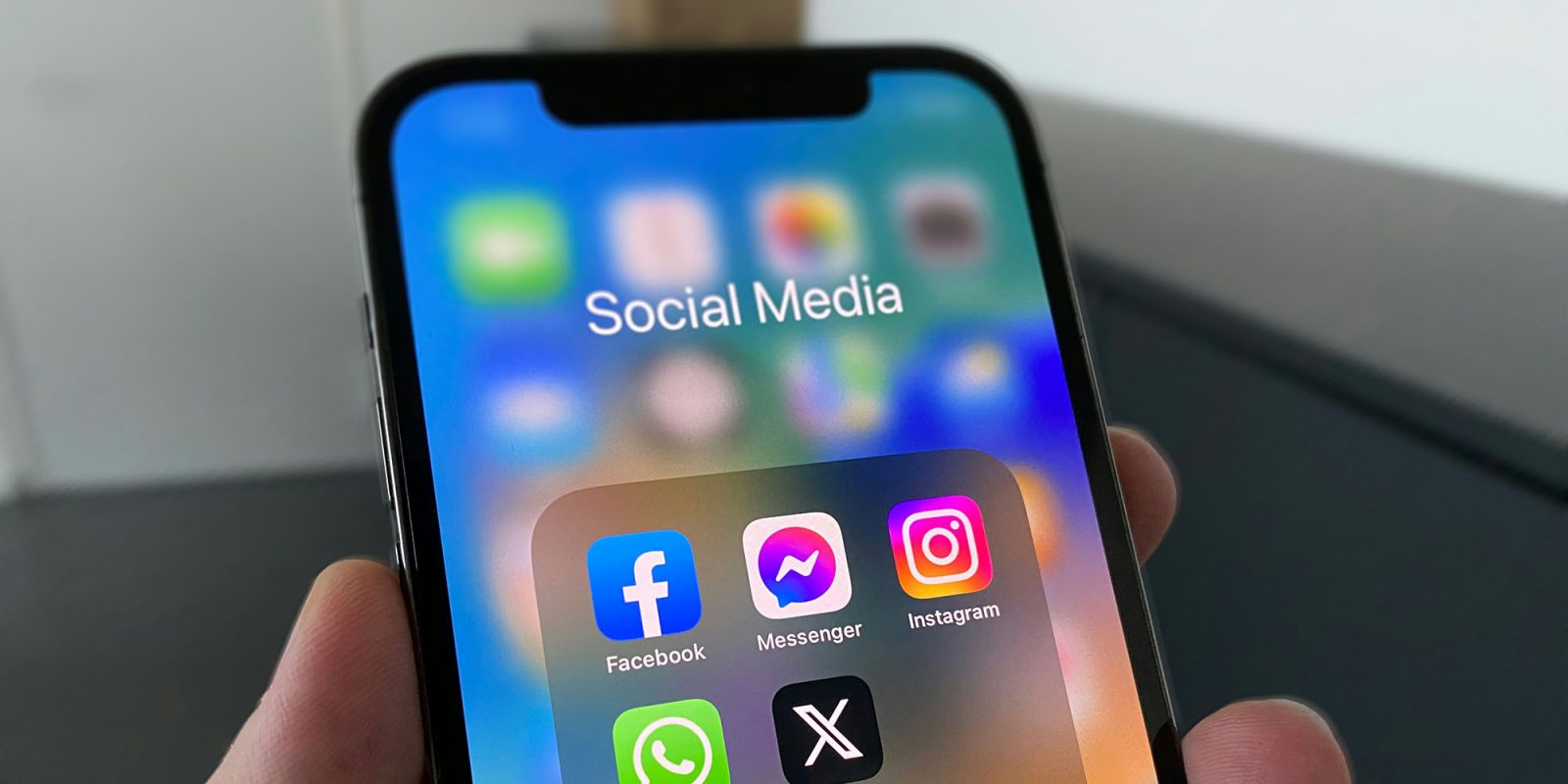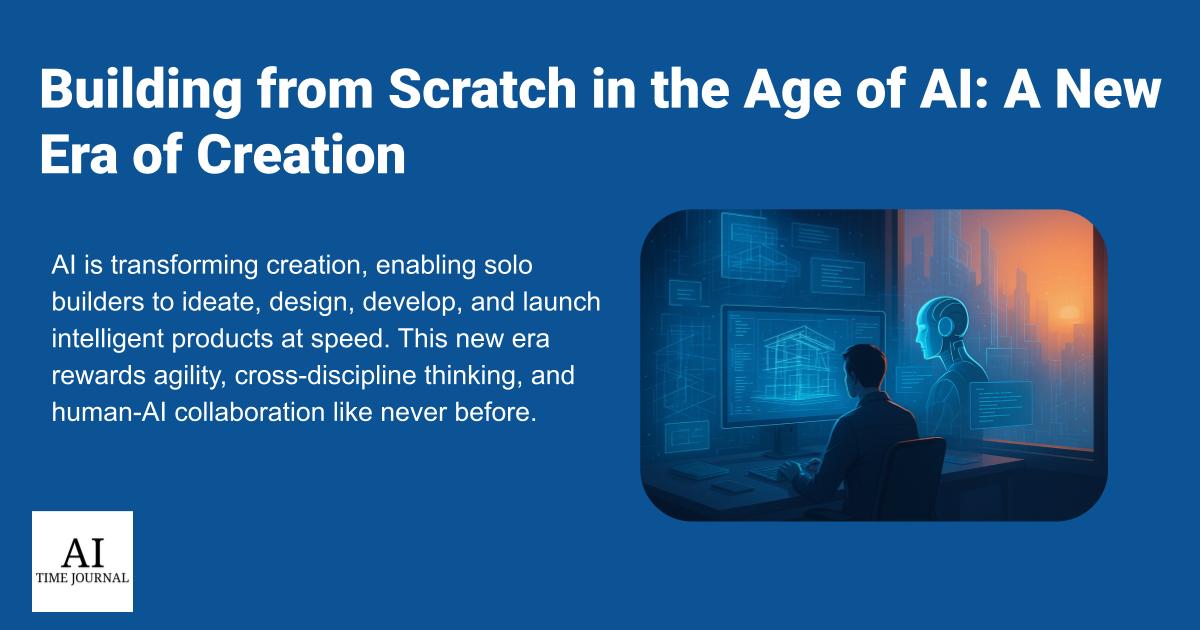Media
Recent Articles
Sort Options:

What your dashboards reveal about channel performance — and what they miss
Jessica, a senior marketing manager, grapples with the complexities of measuring ad performance across diverse channels. The article emphasizes the need for nuanced attribution models and understanding audience behavior to optimize marketing strategies effectively.

Retail media moves from the bottom of the funnel to center stage
Retail media networks (RMNs) are evolving into strategic marketing pillars, expanding from performance-focused advertising to full-funnel ecosystems. This shift enables brands to leverage rich data and innovative formats, enhancing consumer engagement and driving measurable outcomes across various platforms.

5 apps I use to get news before it hits social media
A rising trend shows that many individuals now depend on social media for news, drawn in by the comfort of algorithms and the convenience of short-form multimedia content for local, national, and international updates.

Social media beats TV as top American news source for first time, study finds
In an era dominated by social media, the publication offers insights on maintaining a critical perspective while consuming news online, emphasizing the importance of discernment and fact-checking to navigate the digital information landscape effectively.

Social media is now the top news source in the U.S.
For the first time, social media has surpassed television as the primary source of news for Americans, sparking debate about the implications of this shift. The article explores varying perspectives on this significant change in news consumption.

MSNBC’s Chris Hayes Told Me AI Will Radically Change Social Media. Here’s How
The evolution of social media algorithms is reshaping how attention is captured, presenting a new frontier in user engagement. The publication explores the implications of these changes on our scrolling and clicking habits.

Meta's All In on AI Creating the Ads You See on Instagram and Facebook
A recent discussion with an advertising professor sheds light on the implications of social media usage for users. The insights provided offer valuable perspectives on navigating the evolving landscape of digital communication and advertising strategies.

What’s inside IAB and MRC’s attention measurement guidelines
The IAB and MRC's new Attention Measurement Guidelines aim to standardize how attention is defined and measured in advertising. This initiative seeks to enhance clarity and consistency, enabling marketers to better evaluate and compare various attention measurement methods.
![[Open Thread] Google may have changed the face of visual media forever, but is it for the good?](https://s.w.org/images/core/emoji/15.0.3/72x72/1f5e3.png)
[Open Thread] Google may have changed the face of visual media forever, but is it for the good?
An open thread invites readers to share their thoughts and participate in a poll, with the potential for featured responses in future roundups. Engage with the community and contribute to the conversation!

Forging the Future of Media: How AI is Reshaping Creation, Curation, and Credibility
AI is revolutionizing media production and consumption, reshaping storytelling and audience engagement. However, as the industry embraces speed and automation, the challenge remains: how to maintain truth and trust in this rapidly evolving landscape.

Retail Media Networks Will Reshape Consumer Purchasing In 2025
Retail media networks are revolutionizing brand-consumer connections, enabling businesses to engage with audiences on a larger scale. This innovative approach is reshaping the advertising landscape, offering new opportunities for targeted marketing and enhanced consumer interaction.

Material 3 Expressive
The article emphasizes the importance of creating engaging and user-friendly products. It highlights strategies for enhancing user experience, ultimately aiming to foster deeper connections between brands and consumers in today's competitive market.

What your attribution model isn’t telling you
Marketers are urged to adopt a multi-faceted measurement strategy, combining multi-touch attribution, marketing mix modeling, and incrementality testing. This approach addresses evolving privacy regulations and enhances understanding of customer behavior, ultimately driving more informed decision-making and optimization.